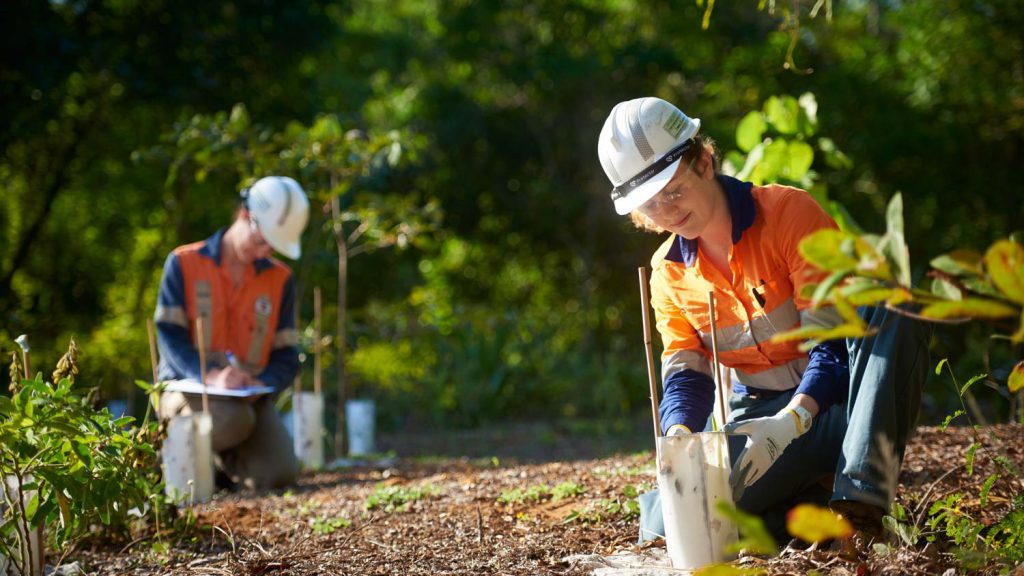Australian miners join Bribery Prevention Network

Australia’s top ASX-listed companies, among them BHP (ASX, LON, NYSE: BHP), joined government and civil society organizations such as the Australia-Africa Minerals & Energy Group in the launching of the country’s Bribery Prevention Network.
The initiative is Hosted by Global Compact Network Australia – the local network of the United Nations Global Compact – and curated by Australia’s leading anti-bribery experts. It offers a free online portal of accessible, relevant and reliable resources for Australian companies to help them manage extortion risks in domestic and international markets.
Besides top miners, members of the network include Westpac, ANZ Bank, Commonwealth Bank, KPMG Australia, Allens, the Australian Federal Police, the Attorney-General’s Department, and Transparency International Australia.
The initiative offers relevant resources for Australian companies to help them manage extortion risks in domestic and international markets
“We know that corruption is a significant obstacle to economic and social development globally, and disproportionately affects poor communities,” Kylie Porter, executive director of the Global Compact Network Australia, said in a media statement.
“Businesses must act responsibly and set a positive example in society. The Bribery Prevention Network assists businesses to detect, prevent and address bribery and corruption. In doing so, businesses can reduce the risk of facing high ethical and operational risks and associated costs, whilst protecting their own business, the interests of their stakeholders and society as a whole.”
In addition to providing assistance and accurate information, the new initiative is expected to help big businesses connect to small businesses so they can build fair and competitive markets both in Australia and overseas for Australian providers.
“The Bribery Prevention Network offers important support to Australian businesses to achieve best practice, and we are pleased to play our part in its development,” BHP’s chief compliance officer, Tim Robinson, said.
“This hub will offer Australian businesses, including those within the resources industry and supply chain, the opportunity to equip themselves with the knowledge and tools they need to protect their growth and play their part in the fight against corruption.”
In a similar tone, the CEO of the Minerals Council of Australia, Tania Constable, said that her organization is looking forward to working with the network to promote responsible business practices across Australia’s minerals industry whether operating within Australia or internationally.
“Bribery and corruption can also violate trust and undermine healthy relationships and mutually beneficial outcomes between communities, industry and government,” Constable said.
“No country is immune from bribery and corruption and all sectors – including the minerals industry – need to remain vigilant.”
{{ commodity.name }}
{{ post.title }}
{{ post.date }}


Comments
Jacob
This is an admirable project on the part of the contributing organisations. It aggregates a considerable amount of information into one location, to provide a central reliable resource.
In the future, it would be helpful to see more guidance on better ways to evaluate compliance safeguards, similar to the World Bank’s recent initiative (at 46:46 in video).
As Transparency International correctly states on page 6 of their Assurance Framework for Corporate Anti-Bribery Programmes, “Many have joined the growing number of national and global voluntary initiatives aimed at improving the standard of anti-bribery practice. Nevertheless, corporate bribery scandals continue to surface. This……is seriously eroding the credibility of business and fostering growing stakeholder scepticism of the claims made by enterprises regarding their anti-bribery efforts.”
Developing the safeguards is the easy part, but ensuring that they actually work is where many businesses fail. For some, it’s a tick-the-box exercise.
In this regard, providing more examples and case studies of how businesses create safeguards that actually work would be helpful. For example, the AFP has looked at 130 cases over the past decade. Sharing some information on what they have learned, in an anonymous manner of course, would be of great value.
I see that only six case studies are currently highlighted in the Bribery Prevention Network, with many focused on the efforts of the UK Serious Fraud Office. There is no mention of the BHP enforcement case by the United States Securities and Exchange Commission, which would serve as a great example for Australian businesses. This case study should provide an analysis of how BHP’s safeguards actually work.
Also, when businesses evaluate the risk of foreign bribery, they should have a good understanding of the corruption laws that are applicable in the countries where they operate, or hope to operate. A good resource for this can be found at https://globalcompliancenews.com/anti-corruption/anti-corruption-laws-around-the-world.
As a final comment, and in the interest of transparency, it would be helpful to see how the public-private partnership behind the Bribery Prevention Network is funded. So, for each contributing organisation, users of the network should be able to view how much is being contributed to the effort financially. This should also include funding that contributors provide via other organisations, such as Transparency International.